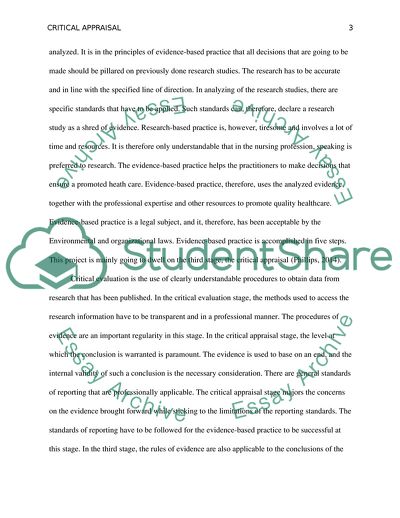Cite this document
(The International Political Economy of Nursing Assignment, n.d.)
The International Political Economy of Nursing Assignment. https://studentshare.org/nursing/1873392-critical-appraisal
The International Political Economy of Nursing Assignment. https://studentshare.org/nursing/1873392-critical-appraisal
(The International Political Economy of Nursing Assignment)
The International Political Economy of Nursing Assignment. https://studentshare.org/nursing/1873392-critical-appraisal.
The International Political Economy of Nursing Assignment. https://studentshare.org/nursing/1873392-critical-appraisal.
“The International Political Economy of Nursing Assignment”. https://studentshare.org/nursing/1873392-critical-appraisal.


